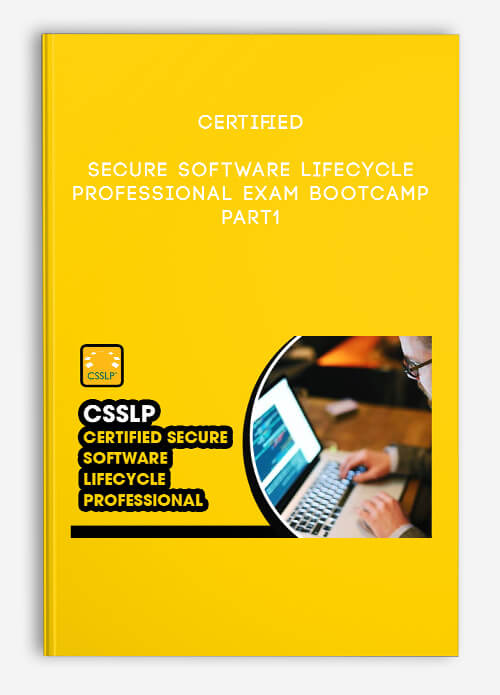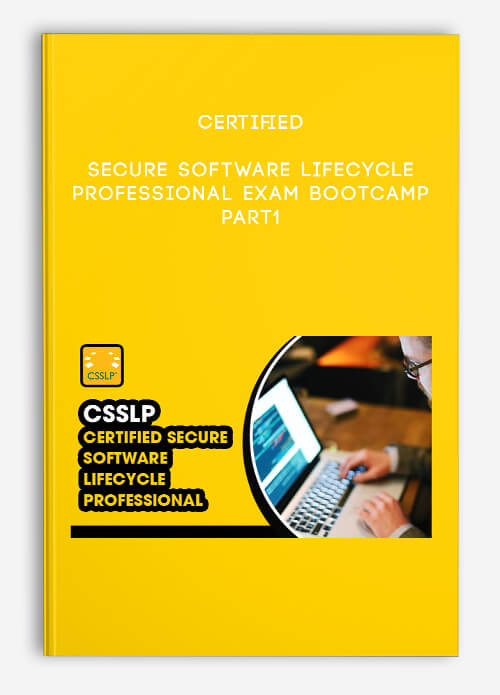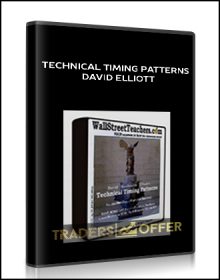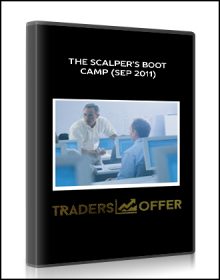Certified Secure Software Lifecycle Professional Exam Bootcamp PART1
$99.00 $37.00
Product Include:
File size:
Certified Secure Software Lifecycle Professional Exam Bootcamp PART1
**More information:
Get Certified Secure Software Lifecycle Professional Exam Bootcamp PART1 at Salaedu.com
Description
The Certified Secure Software Lifecycle Professional (CSSLP) certification is a vendor neutral credential; launched in 2008 by the International Information System Security Certification Consortium, or (ISC)2.
This exam is very challenging even to software developers with experience because of the depth of knowledge required to learn in order to pass.This course has been developed by an industry professional with over twenty years of IT experience. Course contains numerous aids to help the learning process such as demos, discussions, whiteboard designs, test tips, practice reviews and practice questions.
The CSSLP certification validates that the certified professional has the expertise to include the best security practices, auditing, and authorization into each phase of the Software Development Lifecycle (SDLC). SDLC phases include software design, implementation, testing, and deployment. After earning their CSSLP certification, a software professional will be able to develop a software security program in their organization, reduce production cost, mitigate source code vulnerabilities, and reduce losses because of software breaches.
The CSSLP meets the Level I and II IA System Architecture and Engineering requirements of the DoD mandate 8570.01M. Additionally, the CSSLP certification is accredited for the requirements of ANSI/IEC/ISO Standard-17024.
The CSSLP certification exam is a well written exam evaluating potential candidates across eight different domains.
The exam contains 175 question, multiple-choice exam is administered over a 4-hour period at a Pearson Professional Center.
The CSSLP exam questions are developed from the skills and information contained within the CSSLP CBK with the following tested percentages.
Secure Software Concepts – 13%
Secure Software Requirements – 14%
Secure Software Design – 16%
Secure Software Implementation/Programming – 16%
Secure Software Testing – 14%
Secure Lifecycle Management – 10%
Software Development, Operations, and Maintenance – 9%
Supply Chain and Software Acquisition – 8%
Who would be the target audience?
The audience should be willing to study and review materials to pass the CSSLP Plus and meet the requirements set by ISC2 In order to become a fully certified CSSLP, (ISC)² requires the candidate to have a minimum of four years cumulative paid full-time SDLC experience in one or more of the eight domains of the CSSLP credential.
A candidate can substitute one year of experience for a four-year college degree. If a candidate passes the certification exam but does not possess the required years of experience they will become an associate of (ISC)² and have five years to earn the experience. At which time they will become a fully certified CSSLP.
Roles which would benefit from taking the exam.
- Software Developers
- Software Engineers
- DevOps Engineers
- Enterprise Architects
- Application Developers
- Security Professionals
What you will learn
- Protecting data and business assets and complying with applicable laws and regulations
- Following secure coding standards and how documentation can help in the maintenance and operations of software
- Identifying software vulnerabilities and how to perform testing of units of code
- Managing each phase of the software development lifecycle (SDLC)
- Developing security to meet environmental risk and operational challenges
- Supporting incident response, patch and vulnerability management, and continuity of operations
- Supporting the software acquisitions process
- Understanding security related frameworks and best practices
Course Curriculum
-
Start
Course Overview (2:36)
-
Start
Course Pre Requirements (1:09)
-
Start
What is a CSSLP (1:45)
-
Start
Why becoming a CSSLP Matters (1:36)
-
Start
Exam Overview (2:51)
-
Start
CSSLP Exam Pre Requirements (1:10)
-
Start
1. Secure Software Concepts 13% (1:28)
-
Start
1.1 Core Concepts (0:24)
-
Start
Confidentiality, integrity and Availability (CIA) (3:14)
-
Start
Authentication, Authorization and Accountability (5:03)
-
Start
Nonrepudiation and Digital Signatures (1:02)
-
Start
1.2 Security Design Principles (0:44)
-
Start
Least privilege (3:37)
-
Start
Separation of duties (2:54)
-
Start
Defense in Depth (7:19)
-
Start
Whiteboard- Defense in Depth (7:17)
-
Start
Fail Safe (6:24)
-
Start
Economy of mechanism (5:09)
-
Start
Complete mediation (5:11)
-
Start
Open Design (7:00)
-
Start
Least common mechanism (7:59)
-
Start
Whiteboard – Least Common (4:33)
-
Start
Psychological acceptability (4:30)
-
Start
Leveraging existing components (1:51)
-
Start
Eliminate single point of failure (16:40)
-
Start
Demo -Hashing (2:54)
-
Start
Test Tips (4:10)
-
Start
Section Review Questions (4:36)
-
Start
2. Secure Software Requirements (7:29)
-
Start
2.1 Identify Security Requirements (1:00)
-
Start
Functional and Non Functional Requirements (9:12)
-
Start
Terminology to know (10:58)
-
Start
Whitboard – Attacks part 1 (5:21)
-
Start
Terminology to know part 2 (4:04)
-
Start
Cert and Owasp Secure Coding Standards (1:55)
-
Start
Terminology to know part 3 (2:05)
-
Start
Legal, regulatory, and industry requirements (19:29)
-
Start
Policy Decomp (3:30)
-
Start
Terminology to know- Legal (9:06)
-
Start
Privacy Concerns (4:57)
-
Start
Control Basics (3:24)
-
Start
2.2 Interpret Data Classification Requirements (0:25)
-
Start
Data Classification overview- Ownership, Labeling, Data Types, Data Lifecycle (8:09)
-
Start
2.3 Identify Privacy Requirements (0:25)
-
Start
Data anonymization, user consent and Disposition (5:15)
-
Start
2.4 Develop Misuse and Abuse Cases (0:23)
-
Start
Abuse Cases (4:39)
-
Start
2.5 Include Security in Software Requirement Specifications (0:25)
-
Start
Maturity Models (2:42)
-
Start
What is Identifying Threats? (2:00)
-
Start
Threat Models (4:55)
-
Start
Orgs to Know (6:07)
-
Start
2.6 Develop Security Requirement Traceability Matrix (0:24)
-
Start
SRTM (4:30)
-
Start
Demo (1:30)
-
Start
Test Tips (5:25)
-
Start
Section Review Questions (2:49)
Forex Trading – Foreign Exchange Course
Want to learn about Forex?
Foreign exchange, or forex, is the conversion of one country’s currency into another.
In a free economy, a country’s currency is valued according to the laws of supply and demand.
In other words, a currency’s value can be pegged to another country’s currency, such as the U.S. dollar, or even to a basket of currencies.
A country’s currency value may also be set by the country’s government.
However, most countries float their currencies freely against those of other countries, which keeps them in constant fluctuation.
1 review for Certified Secure Software Lifecycle Professional Exam Bootcamp PART1
Add a review Cancel reply
Related products
Forex - Trading & Investment
Paul Lemal – Bottom Springers. Bonsai Elite WaveTrader Course (8 DVDs & Manuals)
Forex - Trading & Investment
Forex - Trading & Investment
Pristine – Paul Lange – Creating & Using a Trading Plan + Seven Steps to a Good Trade
Forex - Trading & Investment
Mike McMahon – Professional Trader Series DVD Set (Full) (tradingacademy.com)
Forex - Trading & Investment











king –
We encourage you to check Content Proof carefully before paying.“Excepted” these contents: “Online coaching, Software, Facebook group, Skype and Email support from Author.”If you have enough money and feel good. We encourage you to buy this product from the original Author to get full other “Excepted” contents from them.Thank you!